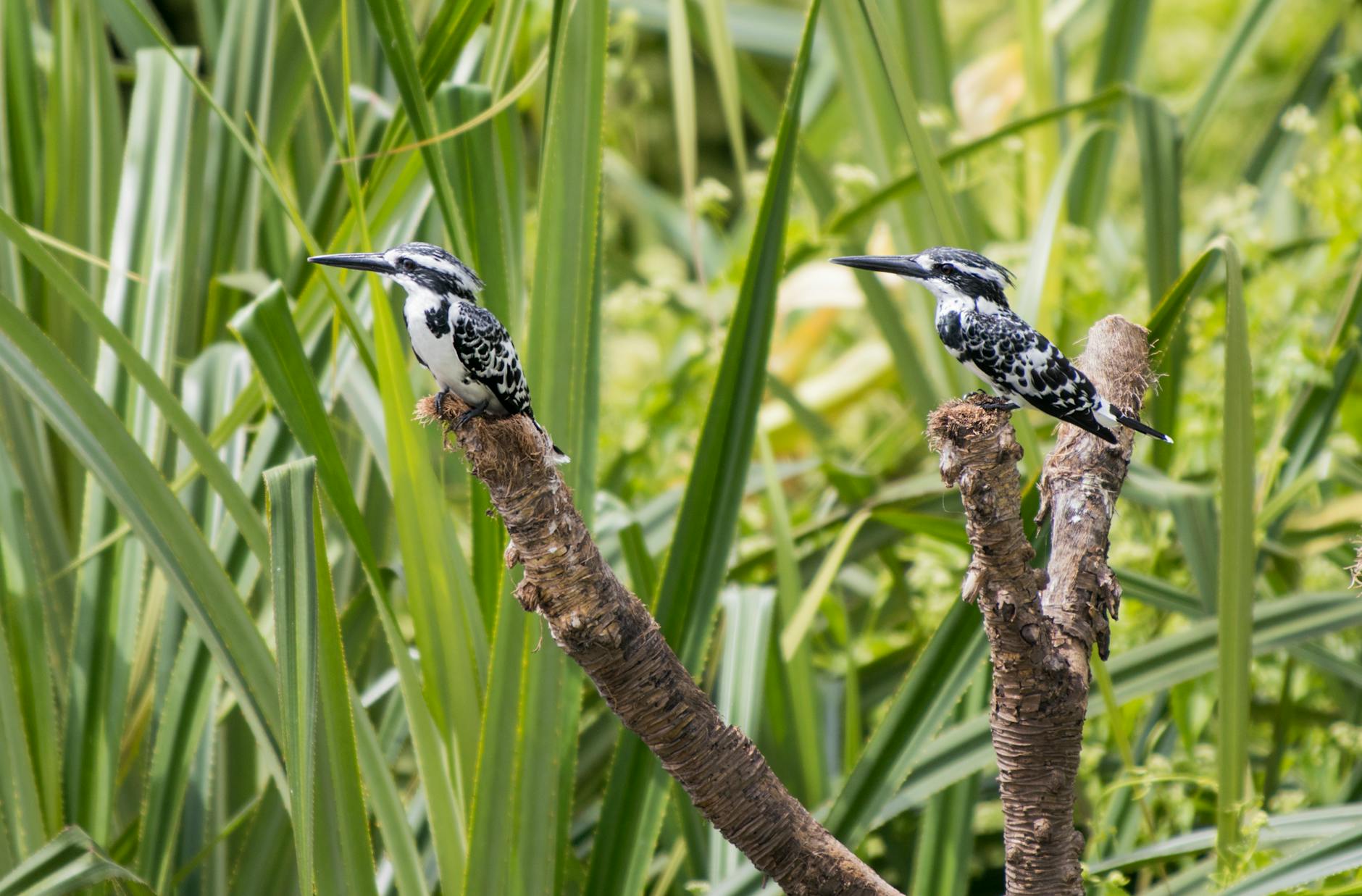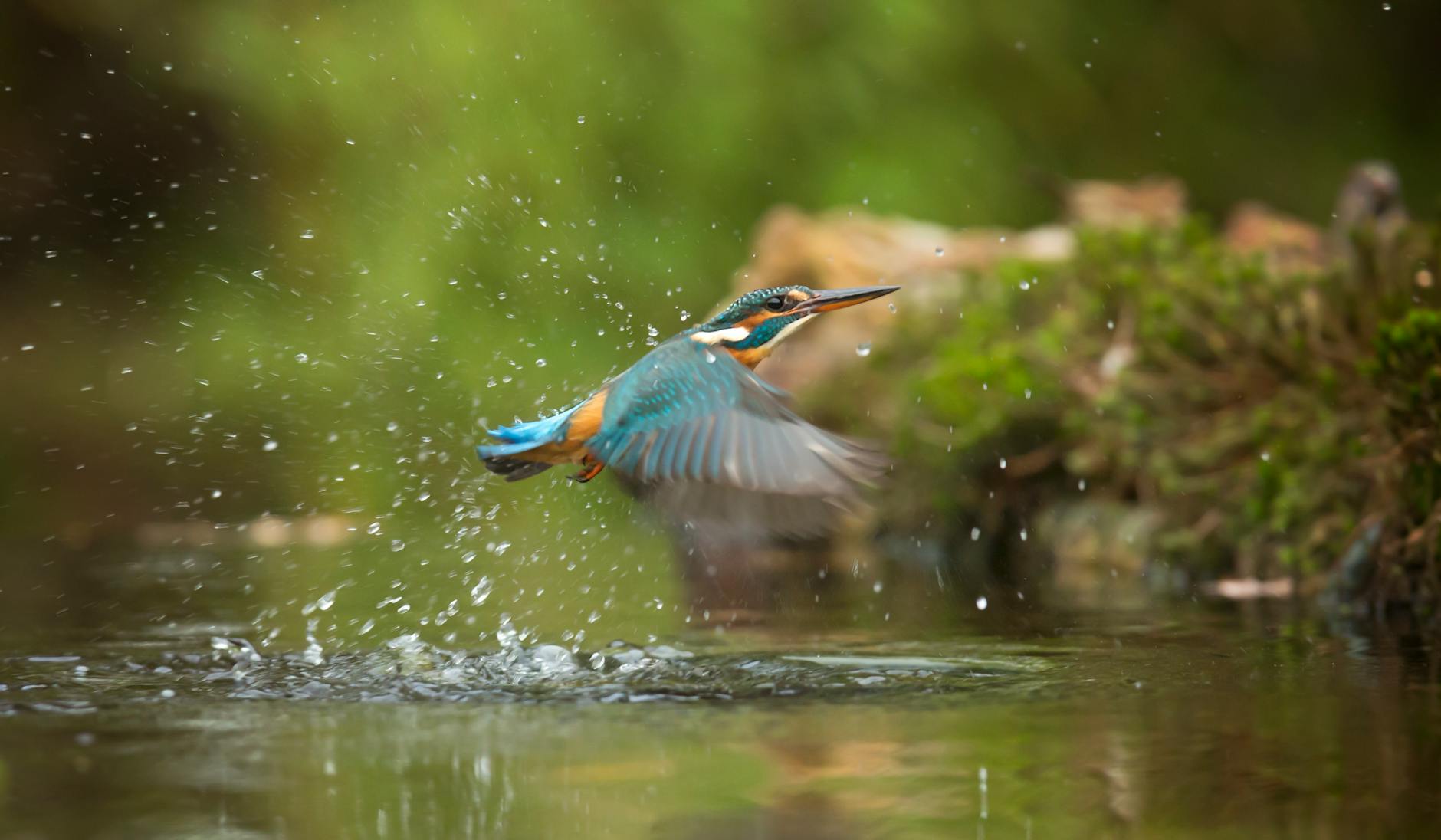How to Spot a Kingfisher Near You: A Simple Guide for Birdwatchers
Spotting a kingfisher is like discovering a living jewel. With their stunning colours and quick movements, these birds are a sight to behold. However, they can be elusive, often blending seamlessly into their surroundings.
In this guide, you’ll learn how to increase your chances of seeing one up close. We’ll cover where to find them, the best times to look, and clues that lead you to their favourite haunts. Whether you’re a seasoned birdwatcher or just starting out, these tips will help you appreciate the beauty of this remarkable species.
Get ready to sharpen your observation skills and enjoy the thrill of spotting a kingfisher near you.
Understanding Kingfishers
Kingfishers are captivating birds that add vibrancy to our natural surroundings. Familiar to many, they are a symbol of beauty and elegance found near freshwater. Across the UK, several species inhabit different areas, each with its unique traits and behaviours.
Species of Kingfishers
In the UK, the most prominent kingfisher is the Common Kingfisher (Alcedo atthis). With its brilliant blue and orange plumage, it’s easily recognised as it darts along rivers and ponds. To a lesser extent, the Belted Kingfisher (Megaceryle alcyon) can be spotted, particularly in Scotland. While less common than its counterpart, it is noteworthy for its striking appearance and distinct behaviour.
Other notable species worth mentioning include the Pied Kingfisher and the White-throated Kingfisher, though these are more often found in warmer climates. Understanding the specific types in your area can enhance your birdwatching experience. For more details about kingfisher species, check out this kingfisher guide.
Habitat Preferences
Kingfishers thrive in various environments, favouring places close to water bodies. They are commonly found near:
- Rivers: Freshwater streams provide excellent hunting grounds for these birds.
- Lakes: Still waters attract many fish, making it a prime location for feeding.
- Canals: The slow-moving waters of canals often host populations of kingfishers.
These habitats offer adequate cover and perching spots, essential for spotting fish. They prefer banks with vegetation, ensuring they can remain hidden while awaiting prey. For more insights into kingfisher habitats, visit Woodland Trust.
Diet and Feeding Behaviour
Kingfishers are adept hunters, feeding primarily on small fish like minnows and sticklebacks. Their diet may also include aquatic insects, crustaceans, and occasionally frogs. They require a substantial amount of food daily— up to 60% of their body weight.
Their striking diving technique allows them to snatch fish with precision. When perched, they scan the water for movement, ready to dive in a flash. Their feeding habits dictate their presence in an area; clear, pollutant-free water is vital for a healthy fish population, which in turn supports kingfisher numbers. Learn more about what kingfishers eat in this article on kingfisher dietary behaviour.

Photo by Ramesha Sheshachala
Best Locations to Spot Kingfishers
Finding a kingfisher can feel like a small victory in your birdwatching journey. The good news is that there are numerous spots across the UK where you stand a better chance of spotting these beautiful birds. Here, we’ll look at both the top nature reserves and local hotspots that cater to kingfishers.
Top UK Locations
Several renowned nature reserves and parks in the UK are famous for kingfisher sightings. Consider these locations for your next birdwatching excursion:
- Lackford Lakes, Suffolk: This tranquil reserve features a variety of habitats that attract kingfishers. Stay patient by the lakes to observe their feeding behaviour.
- London Wetland Centre, Barnes: This nature reserve is an urban oasis. Kingfishers can often be spotted near the water channels and ponds.
- RSPB Rye Meads, Hertfordshire: This reserve offers hides specifically designed for birdwatching, giving you a perfect vantage point to see kingfishers in action.
- Attenborough Nature Reserve, Nottingham: Enjoy a well-maintained pathway that leads to areas where kingfishers are frequently seen near the river.
For more detailed information on these locations, check out this kingfisher guide.
Local Hotspots
Kingfishers are often found near rivers, canals, and lakes. Here are some local hotspots where you might catch a glimpse of these stunning birds:
- Rivers: Many local rivers, such as the River Thames and River Avon, have kingfisher populations.
- Canals: The Kennet and Avon Canal is particularly good for spotting kingfishers. Their bright colours stand out against the calm water.
- Park Lakes: Urban parks often have small lakes that attract kingfishers. Places like Hyde Park and Regents Park in London have reported sightings.
- Gravel Pits: Look for quiet gravel pits or ponds, as these locations often provide an ideal hunting ground for kingfishers.
For more insights into local hotspots, you can refer to this article on canal and river wildlife.

Photo by Siegfried Poepperl
By trying these locations and keeping your eyes peeled, you might just spot a kingfisher in its natural glory. Happy birdwatching!
Tips for Spotting Kingfishers
Spotting a kingfisher requires a bit of strategy and a good eye. Here are some effective tips to enhance your chances of witnessing these stunning birds in their natural habitat.
Time of Day and Season
The best times to observe kingfishers are during the early morning and late afternoon. These periods coincide with their peak feeding times when fish are more active. Kingfishers tend to be especially visible during the breeding season, which lasts from April to August. During this time, they are more likely to be out searching for food to feed their young. For more detailed insights, you can explore this thread discussing the best times for kingfisher sightings.
Listening for Calls
If you want to spot kingfishers, it helps to develop your listening skills. Each species has distinctive calls that can alert you to their presence. The Common Kingfisher, for instance, has a sharp, high-pitched sound, while the Belted Kingfisher produces a mechanical rattle. Familiarising yourself with these sounds can significantly improve your chances of identifying their location. For an array of kingfisher calls and sounds, check out this guide on Belted Kingfisher sounds.
Patience and Stealth Techniques
Patience is paramount when birdwatching. Here are some techniques to help you stay still and ready for a sighting:
- Choose a Good Spot: Select a location near water where kingfishers are known to frequent.
- Blend In: Wear neutral-coloured clothing to avoid startling the birds.
- Stay Quiet: Keep noise to a minimum and refrain from sudden movements.
- Use Binoculars: This allows you to see the birds without getting too close and scaring them away.
Taking your time to quietly observe the area can pay off. You might find that the longer you wait, the more likely you are to see a kingfisher darting across the water. For more tips on being patient while birdwatching, you can visit this insightful article on how nature rewards patience.

Photo by Tejas Prajapati
Photography and Observation Techniques
Capturing the beauty of kingfishers requires not just keen observation but also the right equipment. Additionally, observing them ethically ensures their safety and comfort, contributing to the overall enjoyment of birdwatching.
Equipment Recommendations
The right camera and lens can make a significant difference when photographing kingfishers. Here are some recommendations to enhance your bird photography experience:
- DSLR Cameras: Popular choices include the Canon EOS 90D and the Nikon D7500. Both have fast shutter speeds and excellent autofocus capabilities, making them ideal for capturing fast-moving birds.
- Mirrorless Cameras: The Canon EOS R6 Mark II is highly praised for its responsive focus and continuous shooting speed, ideal for photographing kingfishers in flight.
- Superzoom Cameras: If you prefer simplicity, consider models like the Panasonic FZ1000 and FZ2500. These provide flexibility without the need for interchangeable lenses while offering impressive zoom capabilities.
- Lenses: A telephoto lens, such as a 300mm or higher, is essential for getting close-up shots without disturbing the birds. For those using DSLRs or mirrorless systems, lenses like the Sigma 150-600mm and Tamron 100-400mm are excellent options.
For more detailed suggestions, check out this guide on the best cameras for bird photography.

Photo by Monique Laats
Best Practices for Observing
Observing kingfishers should be a respectful and ethical process. Here are some guidelines to ensure that both the birds and their environment are protected:
- Keep a Safe Distance: Always maintain a respectful distance from the birds. Getting too close can cause stress and alter their natural behaviour.
- Be Mindful of Breeding Seasons: Avoid nesting areas during breeding seasons. Young birds and their parents are particularly vulnerable.
- Limit Noise and Movement: Sudden movements or loud noises can frighten kingfishers away. Remain quiet and still to increase your chances of a sighting.
- Use Binoculars or Telephoto Lenses: This allows you to observe kingfishers without invading their space, providing a more rewarding experience.
For comprehensive ethical guidelines, you can review the ABA Code of Birding Ethics. This resource will help you enjoy birdwatching while ensuring the well-being of kingfishers and their habitats.
Conclusion
Spotting a kingfisher is an exciting endeavour that combines patience and keen observation. Pay attention to their preferred habitats, such as rivers, lakes, and canals, particularly during early mornings or late afternoons when they are most active. Familiarise yourself with their calls, which can be a helpful indicator of their presence.
Explore local spots where they are known to thrive, and don’t forget to practise ethical observation techniques to ensure their safety.
How about planning a trip to a nearby nature reserve? There’s always a chance you might catch a glimpse of these stunning birds in action. Happy birdwatching!










